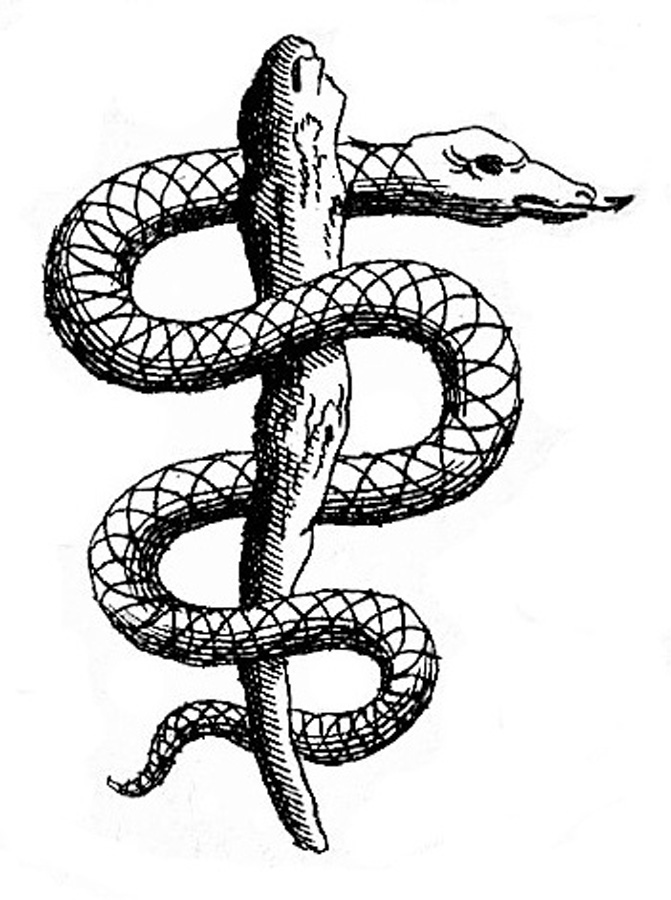first edition cloth binding
1922 · Cambridge, MA
by Wolbach, S. Burt, Todd, John L. and Palfrey, Francis W.
Cambridge, MA: League of Red Cross Societies at the Harvard University Press, 1922. First edition.
1922 FIRST EDITION OF LANDMARK ILLUSTRATED REPORT OF CLINICAL RESEARCH ON TYPHUS BY WOLBACH IN POLAND.
10 3/4 inches tall hardcover, publisher's green cloth binding, x, 222 pp, black and white photographs depicting cutaneous lesions of typhus, 32 black & white and 2 color plates containing photomicrographs of organisms and histopathology. Corners worn, spine ends frayed, bookplate of University of Michigan Library to front paste-down, "withdrawn" handstamp, residue from removal of library slip, binding tight, text and plates crisp and unmarked, good+.
GARRISON-MORTON No. 5393: "The carefully controlled experiments of Wolbach et al. eliminated all doubt that R. prowazeki was the causal agent in typhus."
"A landmark in the history of the subject" (Bloomfield, Bibliography of Internal Medicine, Communicable Diseases, p. 293).
SIMEON BURT WOLBACH (1880-1954) attended Harvard Medical School (M.D., 1903), studying pathology under Councilman and Mallory. After medical school, he worked as director of the Bender Hygienic Laboratory in Albany, NY; pathologist at the Montreal General Hospital and teacher at McGill Medical School. In 1910, he returned to Harvard as an assitant professor of bacteriology. He was promoted to associate professor in 1914. In 1916, he was jointly appointed to the Departments of Bacteriology and Pathology. In 1917, he was pathologist to the Peter Bent Brigham Hospital and the Boston Lying-In Hospital. In 1922, he was appointed the Shattuck professor of pathology at Harvard. He held this position for 25 years. In 1947, he became the director of the Division of Nutritional Research at Children's Hospital in Boston. Wolbach's interests ranged from the effects of radiation to tropical medicine and infectious diseases. His work on radiation began with Porter in 1907. Later in life, he served as a consultant to the US Atomic Energy Commission (1951-1953). He did field research in Nigeria in 1911 related to the pathology of general paresis. Best known of his work on infectious diseases are his contributions to the understanding rickettsial illnesses, Rocky Mountain spotted fever (1919), and epidemic typhus in Poland (1920). Working with McGill parasitologist John L. Todd, they carried uninfected lice (feeding them on their persons) to Poland in 1920 in order to demonstrate that lice transmit Rickettsia prowazekii, the organism which is the cause of epidemic typhus. For this work he received the rank of Commander in the Order of Polonia Restituta. (Inventory #: 1776)
1922 FIRST EDITION OF LANDMARK ILLUSTRATED REPORT OF CLINICAL RESEARCH ON TYPHUS BY WOLBACH IN POLAND.
10 3/4 inches tall hardcover, publisher's green cloth binding, x, 222 pp, black and white photographs depicting cutaneous lesions of typhus, 32 black & white and 2 color plates containing photomicrographs of organisms and histopathology. Corners worn, spine ends frayed, bookplate of University of Michigan Library to front paste-down, "withdrawn" handstamp, residue from removal of library slip, binding tight, text and plates crisp and unmarked, good+.
GARRISON-MORTON No. 5393: "The carefully controlled experiments of Wolbach et al. eliminated all doubt that R. prowazeki was the causal agent in typhus."
"A landmark in the history of the subject" (Bloomfield, Bibliography of Internal Medicine, Communicable Diseases, p. 293).
SIMEON BURT WOLBACH (1880-1954) attended Harvard Medical School (M.D., 1903), studying pathology under Councilman and Mallory. After medical school, he worked as director of the Bender Hygienic Laboratory in Albany, NY; pathologist at the Montreal General Hospital and teacher at McGill Medical School. In 1910, he returned to Harvard as an assitant professor of bacteriology. He was promoted to associate professor in 1914. In 1916, he was jointly appointed to the Departments of Bacteriology and Pathology. In 1917, he was pathologist to the Peter Bent Brigham Hospital and the Boston Lying-In Hospital. In 1922, he was appointed the Shattuck professor of pathology at Harvard. He held this position for 25 years. In 1947, he became the director of the Division of Nutritional Research at Children's Hospital in Boston. Wolbach's interests ranged from the effects of radiation to tropical medicine and infectious diseases. His work on radiation began with Porter in 1907. Later in life, he served as a consultant to the US Atomic Energy Commission (1951-1953). He did field research in Nigeria in 1911 related to the pathology of general paresis. Best known of his work on infectious diseases are his contributions to the understanding rickettsial illnesses, Rocky Mountain spotted fever (1919), and epidemic typhus in Poland (1920). Working with McGill parasitologist John L. Todd, they carried uninfected lice (feeding them on their persons) to Poland in 1920 in order to demonstrate that lice transmit Rickettsia prowazekii, the organism which is the cause of epidemic typhus. For this work he received the rank of Commander in the Order of Polonia Restituta. (Inventory #: 1776)











